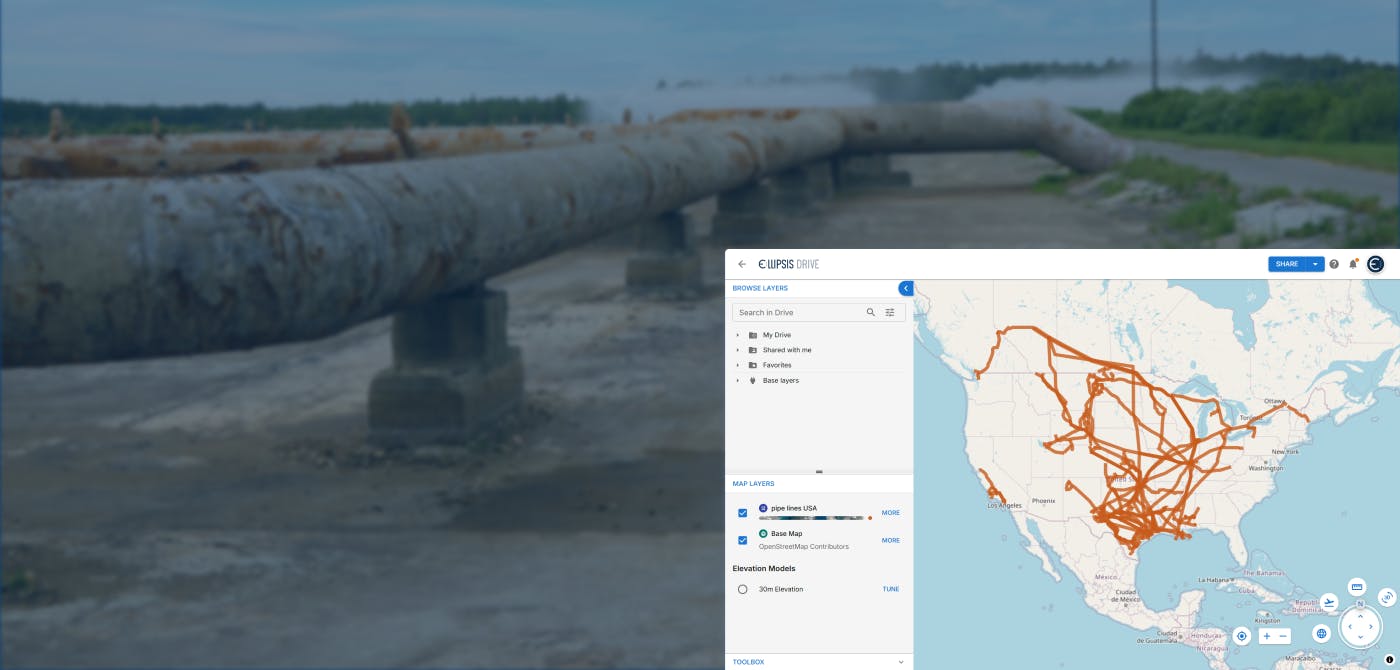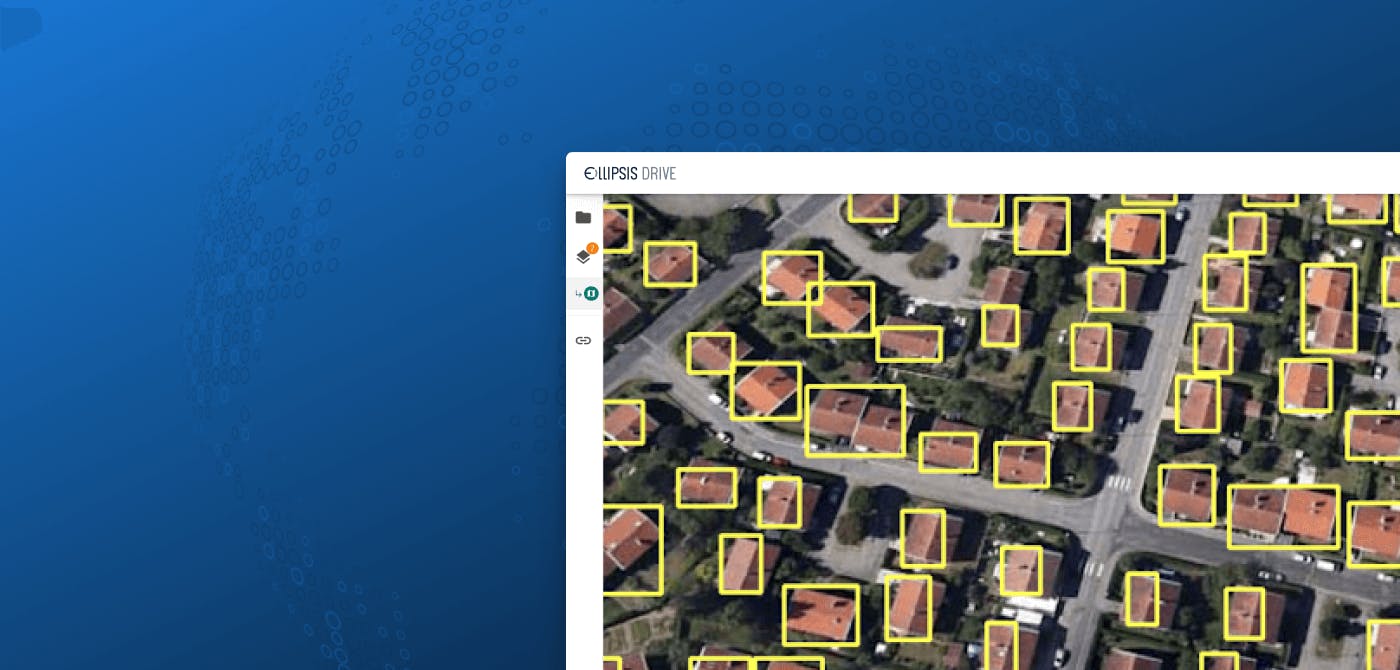Insurance Analytics
Leveraging Climate Modelling for Insurance Resilience: A Vital Tool for a Changing World

Contents
Introduction
In an era marked by rising global temperatures, extreme weather events, and shifting climate patterns, the insurance industry faces unprecedented challenges. Climate change has brought about a new reality of heightened risks, where insurers must grapple with the increasing frequency and severity of weather-related disasters, from devastating hurricanes to raging wildfires and prolonged droughts. In this evolving landscape, the insurance sector is turning to a power ally: climate modelling
This article delves into the multifaceted role of climate modelling in the insurance industry, exploring how it empowers insurers to adapt to the new normal of climate uncertainty and better serve their policyholders in an era where climate-related risks are increasingly defining the insurance landscape. Through a closer examination of the various ways in which climate modelling is transforming insurance practices, we gain insight into why this scientific tool has become indispensable for an industry striving to weather the storm of climate change.
What is Climate Modelling?
Climate modelling, also known as climate simulation modelling, refers to the use of mathematical and computational techniques to simulate and understand the behaviour of Earth's climate system. It involves the construction of computer-based models that represent the interactions and processes that occur within the atmosphere, oceans, land surface, and other components of the Earth's climate system. It not only enhances the understanding of climate dynamics but also provides essential insights for insurers to assess, mitigate and manage climate-related risks effectively. These models aim to simulate past, present, and future climate conditions, helping scientists, policymakers, and other stakeholders gain insights into various aspects of climate dynamics.
Benefits of Climate Modelling to the Insurance Industry
Climate modelling offers a wide range of benefits to the insurance industry, enabling insurers to adapt to the challenges posed by climate change and enhance their operations in several key ways:
- Enhanced Risk Assessment - Valuable data and insights into long-term climate trends and the likelihood of extreme weather events thus allowing accurate assessment and quantification of climate risks
- Accurate Pricing Strategies - Premiums can be more accurately tailored by taking into account specific climate-related risks that a particular region is exposed to
- Effective Portfolio Management - Insurers can assess the overall climate risk exposure of their portfolios. This allows insurers to make strategic decisions about diversification, risk reduction and financial planning
- Regulatory Compliance - Regulatory requirements constantly keep evolving to address the issues at hand. Climate modelling helps insurers comply with regulatory expectations.
- Strategic Planning - Climate modelling is vital for developing sustainable, long-term business strategies that account for the evolving nature of climate risks.
- Customer Engagement - Insurers can leverage climate modelling data to engage with customers and offer guidance on risk reduction strategies. By doing so, insurers can enhance customer relationships and potentially reduce their claims exposure.
Challenges for implementing Climate Modelling
While climate modelling offers numerous benefits to the insurance industry, its implementation also presents several significant challenges:
- Data Management - Climate modelling relies heavily on historical climate data and future climate scenarios. Quite often, the data comes from different sources and needs to be treated prior to use. If neglected, it may lead to inaccurate models and the inefficiencies may creep into the workflows.
- Model Complexity - Climate models are highly complex. Managing and interpreting this complexity requires specialized expertise and computational resources.
- Model Calibration and Validation - Climate models need to be calibrated and validated against historical climate data to ensure their accuracy. Insurers need to continually update their models to account for evolving climate conditions which can be quite time consuming and resource intensive.
- Data Privacy and Security - Climate modelling involves handling vast amounts of data, some of which may be sensitive or personal. Insurers must navigate data privacy and security regulations to protect customer information and ensure compliance with relevant laws.
How can deploying a geospatial data management system be the solution?
Deploying a geospatial data management system can be a highly effective solution for addressing many of the challenges associated with implementing climate modelling in the insurance industry. Here’s how such a system can help mitigate these challenges:
- Improved Data Quality and Accuracy - Geospatial data management systems can integrate a wide range of geospatial data sources. Data validation and verification processes within the system can help identify and rectify errors or inconsistencies in data
- Enhanced Model Calibration and Validation - Geospatial data management systems provide a centralized platform for storing, accessing and managing historical climate data. It allows for the continuous updating of models to reflect changing climate conditions.
- Spatial Analysis and Visualization - Insurers can easily explore spatial patterns of climate-related risks, identify high-risk areas and visualize the potential impacts of climate change on specific regions or properties.
- Data Privacy and Security - Geospatial data management systems often include robust security features to protect sensitive geospatial data.
- Cost Effective Pricing Strategies - Access to comprehensive geospatial data can help insurers refine their pricing strategies. By accurately assessing risks at the regional and property levels, insurers can price policies more competitively while still accounting for climate-related risks.
Deploying a geospatial data management system empowers insurance companies to leverage high-quality geospatial data, enhance the accuracy of climate modelling, improve risk assessment and underwriting practices, ensure regulatory compliance, and engage with customers effectively.
Conclusion
The marriage of climate modelling and geospatial data management systems is a testament to the resilience of the insurance industry in the face of a changing world. As insurers continue to deploy these advanced tools and strategies, they not only bolster their own resilience but also play a pivotal role in fostering resilience within the communities they serve. Through ongoing dedication and innovation, the insurance industry is poised to thrive in the midst of climate uncertainty, ensuring that policyholders are safeguarded against the challenges of tomorrow, today.
Ellipsis Drive is an advanced spatial data management solution that simplifies and automates spatial data ingestion, management and integration. Our core values revolve around simplicity, scalability, and interoperability. Our user interface is designed to be user-friendly, enabling anyone to work with spatial data. We convert uploaded spatial files into beautiful live maps and web services, organizing them just like your favourite drive for office documents.
Interested in knowing more about us? Check out our unique solution!
Liked what you read?

Subscribe to our monthly newsletter to receive the latest blogs, news and updates.
Take the Ellipsis Drive tour
in less than 2 minutes'
- A step-by-step guide on how to activate your geospatial data.
- Become familiar with our user-friendly interface & design
- View your data integration options

Related Articles

Tackling Land Subsidence with Ellipsis Map Engine
Pipeline infrastructure is central to the Oil & Gas industry, enabling the safe and efficient transport of resources across long distances. But this infrastructure faces constant threats from natural
5 min read

Opportunities for the Insurance Industry (2023)
What is the difference between a challenge and an opportunity? It could be argued that they are one and the same. That a challenge is just an opportunity in disguise. In need of someone to innovate a
7 min read

How to Build a Spatial Data Catalog
Let’s start off with a hypothetical example. Say you are the manager of an Amazon warehouse and you receive an order to ship a book (maybe The Salt Path by Raynor Winn). But none of the million thing
5 min read